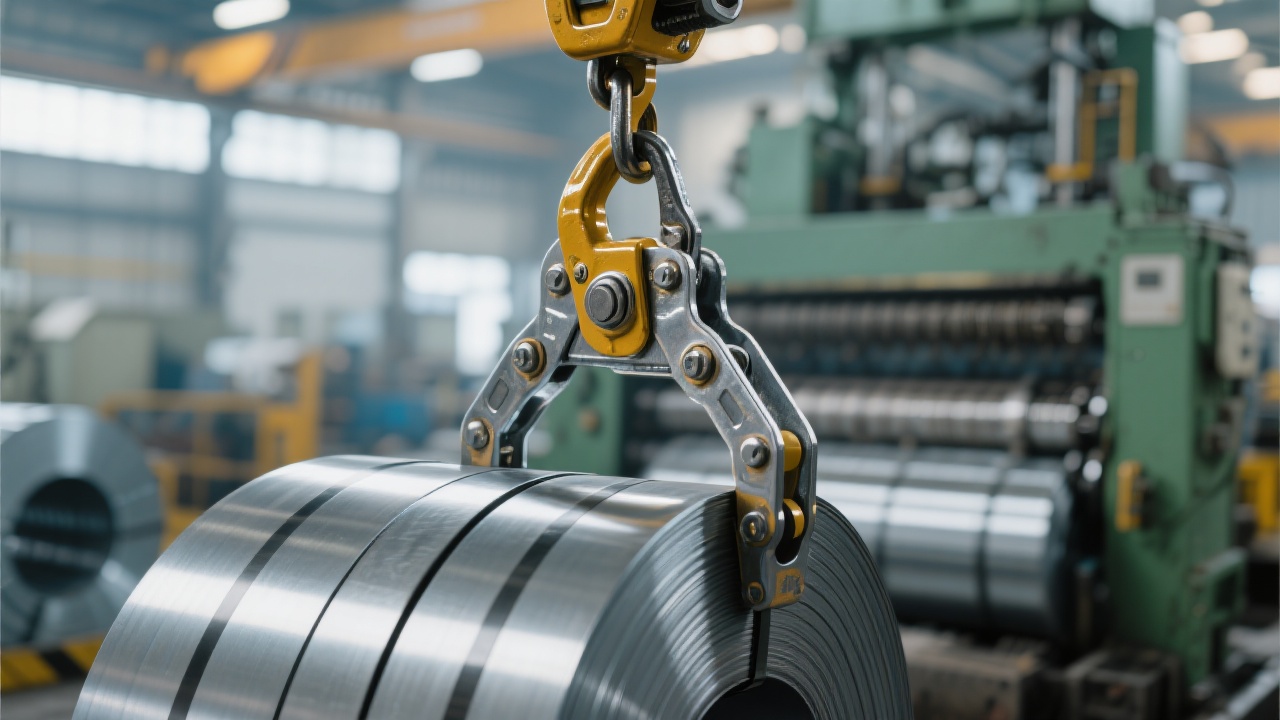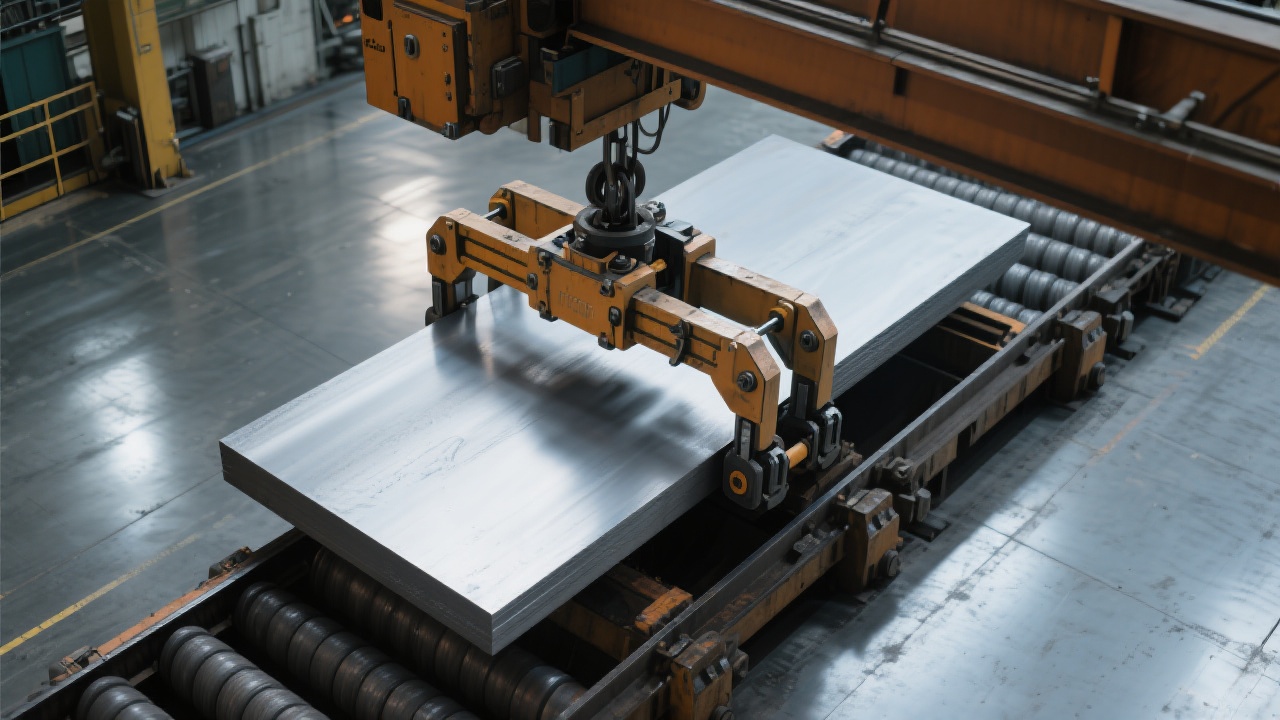
In the high-stakes environment of a hot rolling mill, even minor failures in slab clamping systems can lead to costly downtime and safety risks. According to our engineers at TiDing Heavy Industry, over 68% of unplanned shutdowns in slab handling operations stem from preventable issues like hydraulic leakage or misaligned sensors — not mechanical breakdowns.
Operators often report two primary symptoms:

Our team has analyzed more than 40 field cases across Europe, Asia, and North America. The top three root causes are:
| Issue | Typical Cause | Prevention Tip |
|---|---|---|
| Pressure loss | Seal aging after 12+ months of continuous operation | Replace seals every 10–12 months, regardless of visual wear |
| Slow actuation | Contaminated hydraulic fluid (>50 ppm particulates) | Filter oil monthly; use ISO 4406 Class 16/14/11 standard |
| Sensor drift | Thermal expansion affecting proximity sensor calibration | Calibrate sensors weekly using automatic switch mechanism |
“This isn’t just about fixing leaks — it’s about knowing when to replace parts before they fail. We’ve seen mills save up to €45k/year by shifting from reactive to predictive maintenance.”
— Engineer Li, TiDing Heavy Industry Field Team

Modern slab clamps now integrate smart sensors that monitor position, pressure, and temperature in real time. When paired with an automated switch mechanism, these systems allow operators to detect anomalies early — such as a 15% deviation in actuator stroke — and trigger alerts before failure occurs.
For example, one client in Turkey reduced unplanned stops by 73% within six months simply by implementing a bi-weekly sensor check protocol based on our recommended thresholds.

Let every inspection be smarter, every process safer — this is TiDing Heavy Industry’s promise to your production continuity.
Ready to transform your slab clamp maintenance? Get your free downloadable point-checklist PDF — used by leading mills worldwide.

